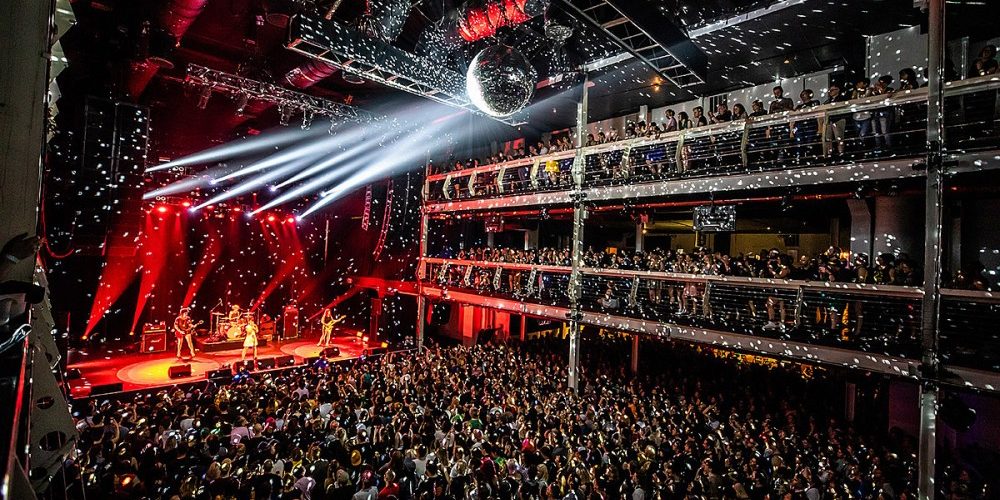COVID concert study suggests low risk of infection with safety guidelines
Unlike in New Zealand, where concerts are happening almost like normal, they've yet to resume, aside from drive-in and other outdoor, socially distanced shows, in the US, as coronavirus cases surge yet again. A group of German scientists, however, put on a concert back in August to see how COVID-19 spreads at shows, and they've now revealed the results. While they haven't been peer reviewed yet, New York Times reports that the scientists concluded that with mask-wearing, seating, proper ventilation, reduced capacity, and hygiene protocols, the risk of the virus spreading through indoor concerts is "low to very low."
"There is no argument for not having such a concert," Dr. Michael Gekle, one of the scientists at Martin Luther University Halle-Wittenberg who did the study, said. "The risk of getting infected is very low."
The study involved multiple social distancing scenarios played out on volunteers who, after being tested for COVID and having their temperature checked, were given digital location trackers and fluorescent hand disinfectant. Scientists used a fog machine to study the circulation of air and potential virus-carrying aerosols inside the venue, and said that social distancing and increased air circulation both significantly decreased the potential COVID risk.
"We knew that ventilation was important but we didn’t expect it to be that important," Dr. Gekle said.
Some experts caution that these results, while potentially promising, will need to be given further review and replication before they could be put into practice, with Paul Linden, a professor of fluid mechanics at University of Cambridge, telling New York Times that, "the computer modeling had not taken into account factors such as heat rising from an audience or indoor air turbulence, and that it was difficult to pinpoint whether it was the pattern of air flow or less ventilation in the venue that led to increased exposure to aerosols. As a general rule, he added, venues needed to bring in as much clean air as possible to lower transmission rates."
Furthermore, most venues operate on thin margins and rely on selling out each night, or at least coming close, to stay in business. For them, running at a reduced capacity over any amount of time might not be financially possible.
Read the results in full here, and the New York Times article here.
